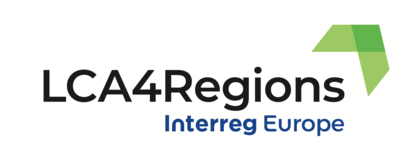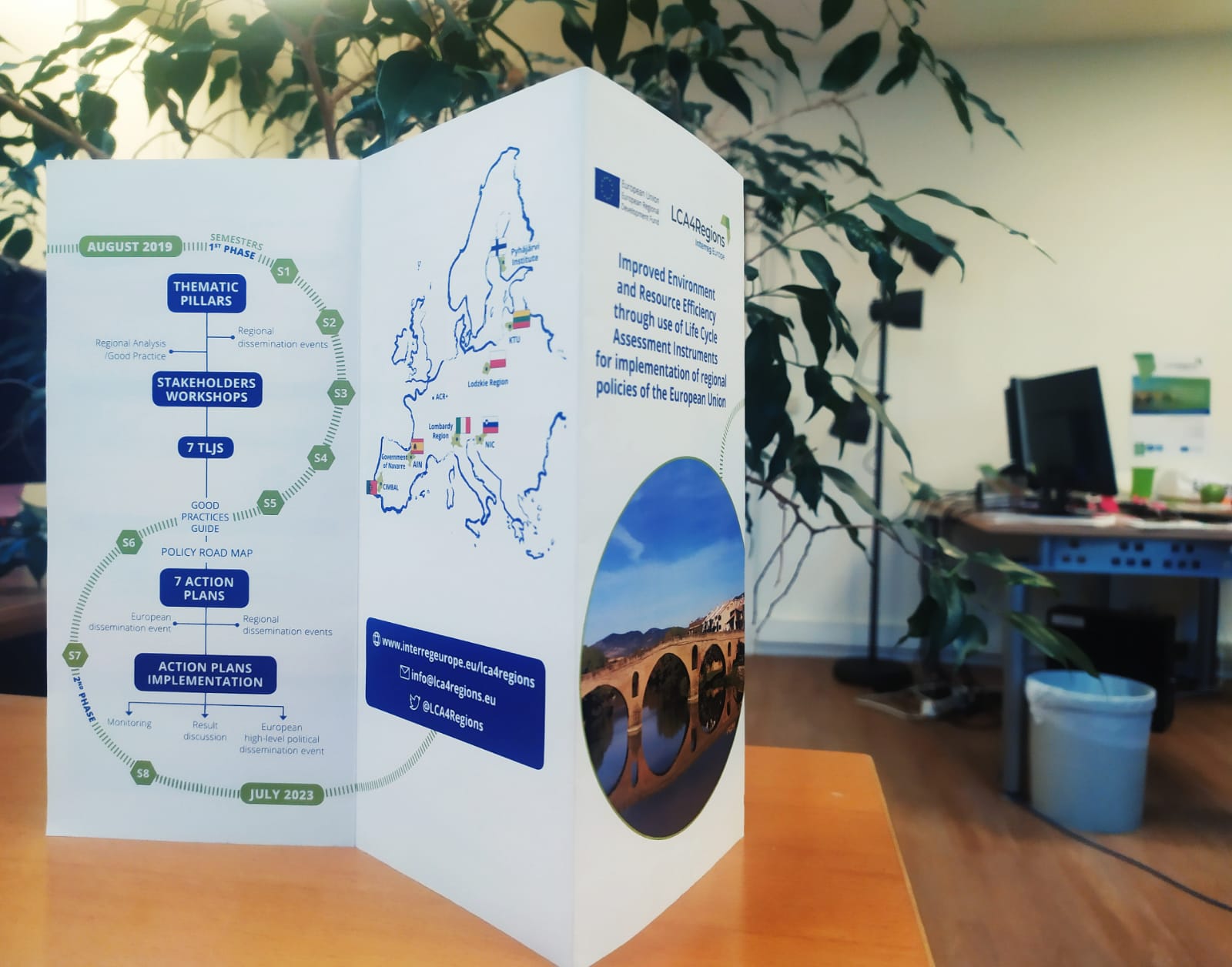During the TLJ#6, the policy context of Lombardy will be reviewed. Here is the first episode an overview of the current situation.
Lombardy Region is responsible for the design, management, and implementation of a high number of policies, programme and plan. The Directorate Environment and Climate of the Regional Government, responsible for the LCA4Regions project, identified some of those policy instruments to work on during the project. Moreover, LCA4Regions team produced an analysis of the typologies of policy tools producible under the regional responsibility and their hierarchical role in the local policy making.
Finally, Lombardy Region decided to focus on a general understanding of the use of LCA in its policies and is trying to carry out a specific focus on the energy efficiency and building sector, with the ambitious objective of internalising into energy efficiency policies the evaluation of other impacts, especially on resources use.
Hierarchy and Purpose of Regional Policy Instruments
The life cycle approach can play a role in supporting policies at different levels. This is why the peculiarities of the different kinds of policy instruments under the responsibility of the regional government have been analysed. The first results of this preliminary analysis are the following:
- Regional law: approved by the Regional Council, its contents can be policy direction, principles, aims, financial resources, competence.
- Regional regulation: approved by the Regional Council or by the Regional Government, covering methods and tools for implementing a law (e.g. funding methods).
- Plan or programme: approved by the Regional Council or by the Regional Government (as foreseen by the law) and covering objectives, evaluations state of affairs, actions, monitoring.
- Resolution: approved by the Regional Government and including enforcement of a law; guidelines; approval of tender criteria (later implemented by decree); breakdown of loans; promotion and approval of agreements with other institutions, etc.
- Decree: approved by Director or Executive, covering technical clarifications; project approval; approval of calls; resource distribution.
Potential use of LCA
What can be the role of LCA in supporting all this policy levels, in particular into the energy sector and into the circular economy sector?
Based on the preliminary analysis carried out within the LCA4Regions project so far, the following possible solutions have been identified for the introduction of life-cycle criteria in regional policies (regional laws, regulations, plans/programs, resolutions, decrees):
- selection / prioritization of policy options – e.g.: assessment in the life cycle of the environmental impacts avoided thanks to the adoption of various actions, with the aim of defining priority scales of the various options on the basis of the best cost / benefit ratio;
- introduction of eligibility requirements – e.g. access to regional planning incentives or implementation plans (e.g. in relation to buildings construction) only with an LCA analysis or if they are demonstrated through LCA-based indicators, minimum environmental and climate impacts in the life cycle;
- regulation on energy efficiency in buildings - extension of regulation to sustainable buildings with the introduction of requirements based on LCA-based indicators that consider the impacts of the supply chain, in terms of CO2 produced, consumption of fossil energy and other resources, etc.;
- procedures for evaluating plans (SEA) and projects (VIA) - integration of LCA-based criteria among those already provided for the authorization and evaluation measures;
- in the elaboration of new plans, the use of LCA-based tools can be proposed e.g. to characterize some actions, in particular those related to the refurbishment of the public building stock, to evaluate the effects of the plan action taking into account other impacts in addition to those already foreseen (CO2 emissions, reduction of energy consumption, increase in RES) and to correlate them with the elements of scenario and target;
- for monitoring of plans (PREAC, PRIA, POR FESR) - possible introduction of LCA-based indicators or methods to complement the monitoring indicators already provided; possible criticalities could be the application of these criteria to existing plans and the collection of the necessary data;
- as part of incentive measures for the refurbishment of the building stock - possible introduction of LCA-based criteria that must be satisfied by interventions encouraged in calls and measures such as incentive access requirements or as reward criteria – e.g. threshold values that must be respected (synthetic and easily calculable and comparable), presence of LCA analysis to support projects alongside the energy diagnosis, presence of product certifications for individual components and materials, which is not already mandatorily provided for by the construction CAM and available on the market.










